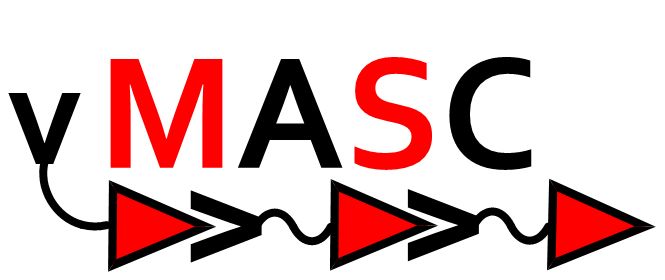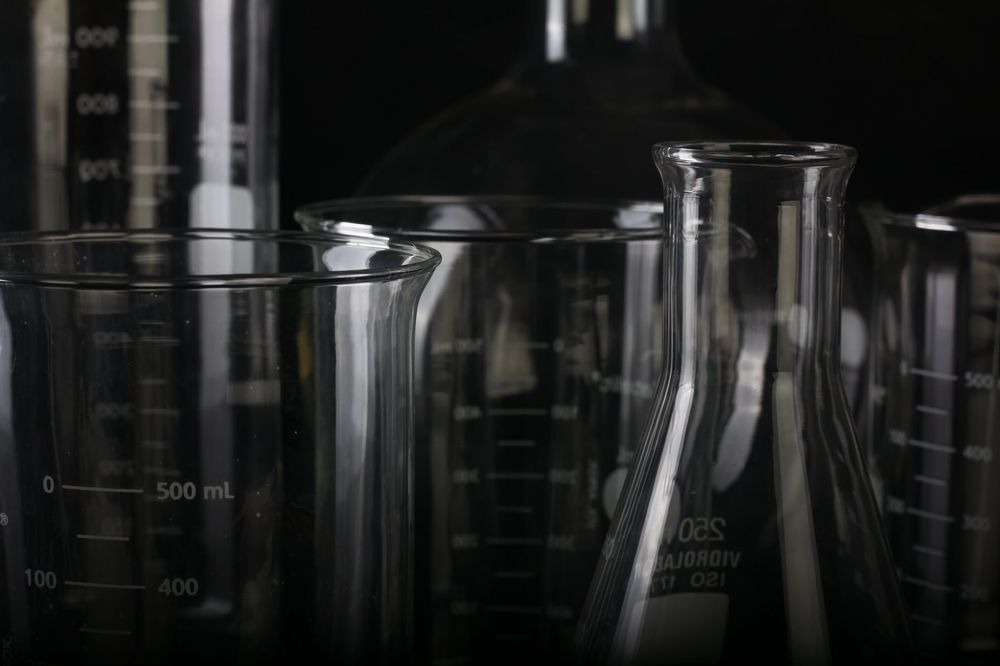Toufic W. Mrad
@touficmrad.bsky.social
150 followers
130 following
7 posts
Chemist. Machines & Non equilibrium systems. Racing with time. Observe, Understand, Know. PhD @ Leigh group 🇬🇧
Posts
Media
Videos
Starter Packs
Pinned
Reposted by Toufic W. Mrad
RSC MASC
@rsc-masc.bsky.social
· Aug 6

vMASC Call to volunteer for the vMASC committee
vMASC: Expression of interest to volunteer for the vMASC committee The organising committee of the virtual Macrocyclic and Supramolecular Chemistry We are inviting members of the vMASC community to…
mascgroup.co.uk
Reposted by Toufic W. Mrad
Toufic W. Mrad
@touficmrad.bsky.social
· Feb 28
Reposted by Toufic W. Mrad
Dean Astumian, OFS
@deanast.bsky.social
· Feb 28
Toufic W. Mrad
@touficmrad.bsky.social
· Feb 28

Structural Influence of the Chemical Fueling System on a Catalysis-Driven Rotary Molecular Motor
Continuous directionally biased 360° rotation about a covalent single bond was recently realized in the form of a chemically fueled 1-phenylpyrrole 2,2′-dicarboxylic acid rotary molecular motor. However, the original fueling system and reaction conditions resulted in a motor directionality of only ∼3:1 (i.e., on average a backward rotation for every three forward rotations), along with a catalytic efficiency for the motor operation of 97% and a fuel efficiency of 14%. Here, we report on the efficacy of a series of chiral carbodiimide fuels and chiral hydrolysis promoters (pyridine and pyridine N-oxide derivatives) in driving improved directional rotation of this motor-molecule. We outline the complete reaction network for motor operation, composed of directional, futile, and slip cycles. Using derivatives of the motor where the final conformational step in the 360° rotation is either very slow or completely blocked, the phenylpyrrole diacid becomes enantiomerically enriched, allowing the kinetic gating of the individual steps in the catalytic cycle to be measured. The chiral carbodiimide fuel that produces the highest directionality gives 13% enantiomeric excess (e.e.) for the anhydride-forming kinetically gated step, while the most effective chiral hydrolysis promoter generates 90% e.e. for the kinetically gated hydrolysis step. Combining the best-performing fuel and hydrolysis promoter into a single fueling system results in a 92% e.e.. Under a dilute chemostated fueling regime (to avoid N-acyl urea formation at high carbodiimide concentrations with pyridine N-oxide hydrolysis promoters), the motor continuously rotates with a directionality of ∼24:1 (i.e., a backward rotation for every 24 forward rotations) with a catalytic efficiency of >99% and a fuel efficiency of 51%.
pubs.acs.org
Toufic W. Mrad
@touficmrad.bsky.social
· Feb 28

Structural Influence of the Chemical Fueling System on a Catalysis-Driven Rotary Molecular Motor
Continuous directionally biased 360° rotation about a covalent single bond was recently realized in the form of a chemically fueled 1-phenylpyrrole 2,2′-dicarboxylic acid rotary molecular motor. However, the original fueling system and reaction conditions resulted in a motor directionality of only ∼3:1 (i.e., on average a backward rotation for every three forward rotations), along with a catalytic efficiency for the motor operation of 97% and a fuel efficiency of 14%. Here, we report on the efficacy of a series of chiral carbodiimide fuels and chiral hydrolysis promoters (pyridine and pyridine N-oxide derivatives) in driving improved directional rotation of this motor-molecule. We outline the complete reaction network for motor operation, composed of directional, futile, and slip cycles. Using derivatives of the motor where the final conformational step in the 360° rotation is either very slow or completely blocked, the phenylpyrrole diacid becomes enantiomerically enriched, allowing the kinetic gating of the individual steps in the catalytic cycle to be measured. The chiral carbodiimide fuel that produces the highest directionality gives 13% enantiomeric excess (e.e.) for the anhydride-forming kinetically gated step, while the most effective chiral hydrolysis promoter generates 90% e.e. for the kinetically gated hydrolysis step. Combining the best-performing fuel and hydrolysis promoter into a single fueling system results in a 92% e.e.. Under a dilute chemostated fueling regime (to avoid N-acyl urea formation at high carbodiimide concentrations with pyridine N-oxide hydrolysis promoters), the motor continuously rotates with a directionality of ∼24:1 (i.e., a backward rotation for every 24 forward rotations) with a catalytic efficiency of >99% and a fuel efficiency of 51%.
pubs.acs.org
Toufic W. Mrad
@touficmrad.bsky.social
· Feb 24
Reposted by Toufic W. Mrad
Nature
@nature.com
· Jan 15

Transducing chemical energy through catalysis by an artificial molecular motor - Nature
A cross-linked polymer gel driven by artificial molecular motors transforms chemical energy into mechanical force, achieving powered contraction and re-expansion, demonstrating a considerable advance in understanding energy transduction mechanisms and informing nanotechnology design principles.
go.nature.com




